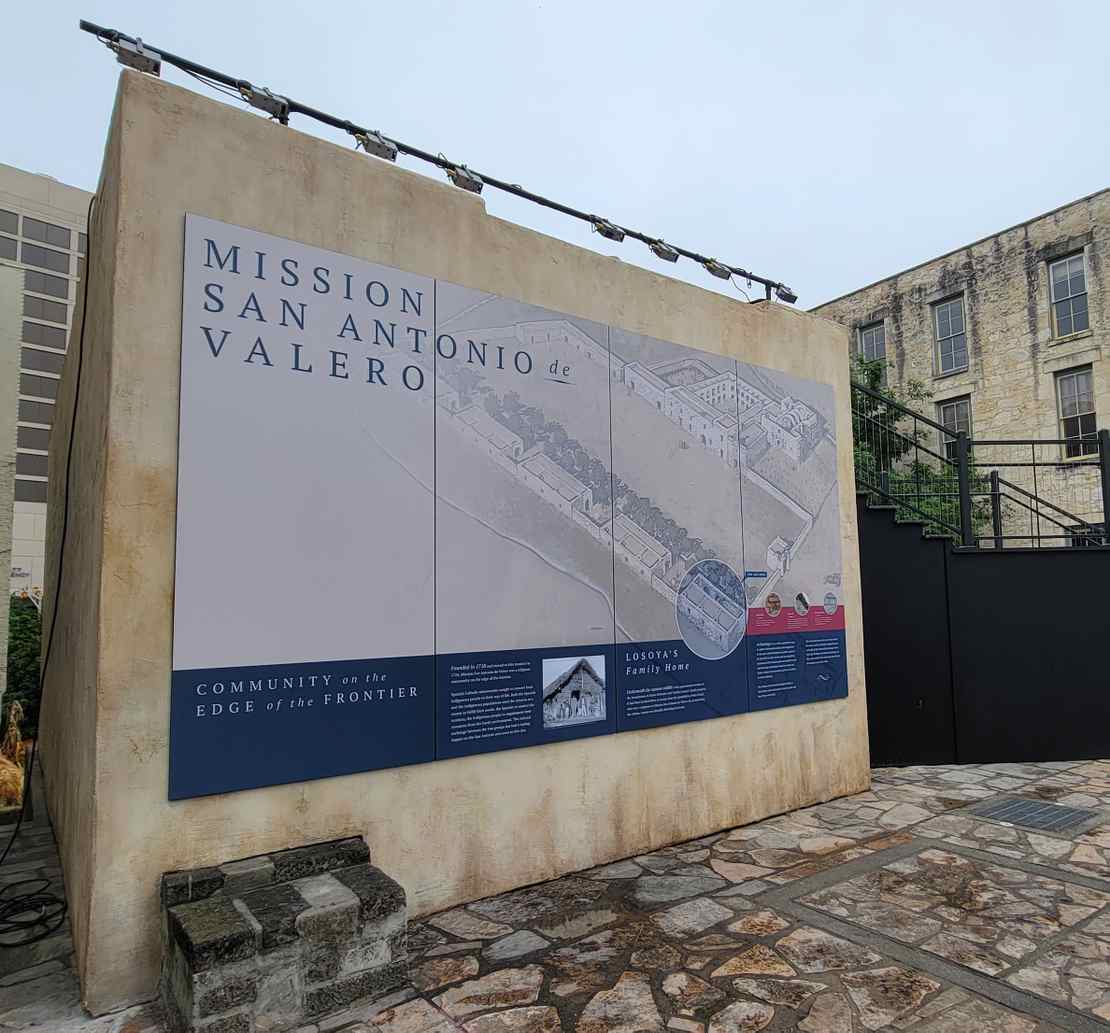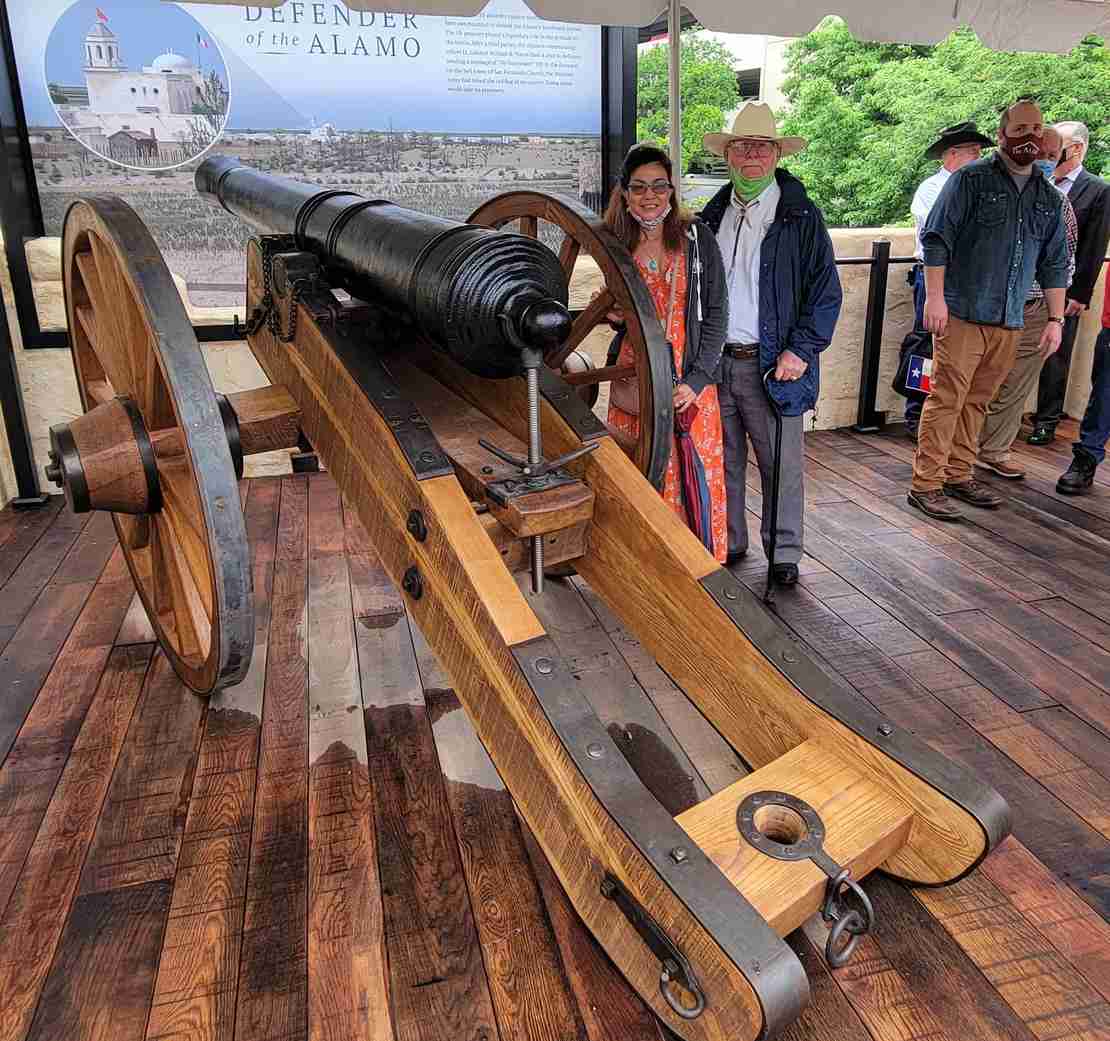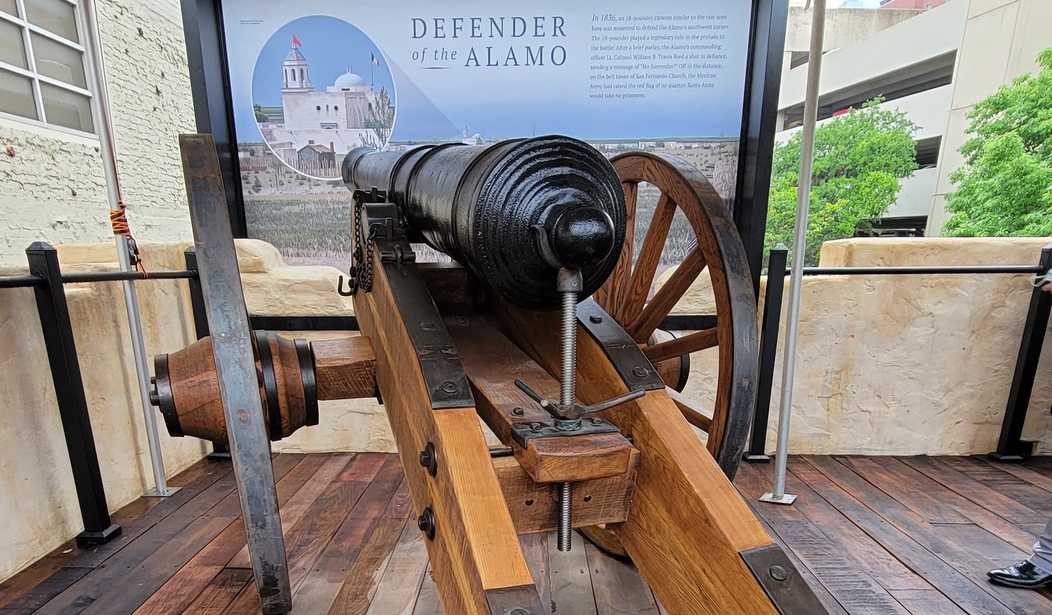According to woke Texas State Historical Association chief historian Walter Buenger, the Alamo is a symbol of “white supremacy.” Some might like for it to be that, but they are a fringe on the left and right extremes, and the facts keep getting in their way. It’s today’s woke history that’s oversimplified and racist. History is as complex as life itself.
Buenger is not a Texas Revolution historian and may not have heard of the Tejanos who died at the Alamo fighting against dictator Santa Anna, his betrayal of the Federalists, his abrogation of the 1824 Constitution, his 1835 proclamation branding those Federalists “pirates” if they lifted a finger to oppose him as he sought to disarm them, or the several other Mexican states besides Texas that rebelled against the hated dictator during the same timeframe. Those facts’ existence violates the revisionist narrative that wokes seek to create regarding the battle that was the crescendo of the Texas Revolution. The life-and-death decisions made by some Tejanos also get in the wokes’ way.
One of those Tejanos was Jose Toribio Losoya. Losoya faced a choice that changed the course of his life and his place in history. He was not alone in that choice. As historian Dr. Jody Edward Ginn has pointed out, Tejanos — native-born Texans of Mexican heritage — in 1835-36 were statistically slightly more likely to fight for Texas’ independence than were the Anglos Buenger and other woke historians claim were fighting for white supremacy and slavery.
Those Tejanos and Texians fought side-by-side as brothers. They had intermarried families. Shared neighborhoods and towns. A shared fate.
Losoya bears two distinctions. The first is that he was a Tejano, not Anglo or American as were many of the famous revolutionaries such as Sam Houston (who would later find himself deposed as governor for opposing secession from the Union). The second is that Losoya was not only born in Texas, he was born in the Alamo itself when it was a neighborhood and Spanish military outpost. He was born there and grew up there in a little house on the compound’s southwest corner.
Losoya was born during an age of revolution. Texas itself had already tried rebellion in 1813. When Losoya was a boy, Mexico rebelled and broke away from Spain. That was in 1821.
When he was a man, Texas rebelled and broke away from Santa Anna’s Mexico.
Losoya faced a choice then: remain with Mexico, which appeared to be the far stronger military power and in whose military he served, or fight for Texas in its rag-tag, mostly disorganized militia.
Related: The Alamo at 185: On History, Heroes, and the Fight for the Future
Losoya chose the latter. He could probably have escaped at any point after Santa Anna lay siege to the Alamo on February 23, 1836. Santa Anna had promised to be lenient with Tejanos, while also promising to treat all the Anglos as pirates — execution. Losoya could have slipped through enemy lines and provided Santa Anna with intelligence about the men and materiel inside the fort. But they were his friends.
What must have gone through his mind when the commander, Col. William Barret Travis, answered Santa Anna’s demand for surrender by firing a huge cannon mounted atop a ramp that had been built over Losoya’s childhood home?
For 13 days he faced the choice: Stay and probably die fighting for freedom, or leave and live to fight, or not, another day.
Losoya didn’t leave us anything written to tell us what he was thinking. We know he stayed and fought. We can surmise he fought valiantly to the very end of the brief and bloody battle on March 6, 1836. His body was found just inside the iconic church, likely within sight of the little house in which he was born and grew up, the house that had held up the cannon that answered Santa Anna with fire and iron.
Jose Toribio Losoya may have been the last man standing to defend the Alamo, a Tejano. For what was he fighting and did he die? “White supremacy”?
Woke historians must pretend Jose Toribio Losoya didn’t exist. He doesn’t serve their narrative that race and slavery were at the heart of the revolution, when neither were. Federalism, dictatorship, betrayal, and loyalty were at the heart of the revolution. The American Revolution fed the Texas Revolution, as the French Revolution to an extent fed the Mexican Revolution. Those revolutions clashed on Texas soil, determining no less than the fate of North America. Slavery was an issue, but it was not the issue. Santa Anna, the turncoat villain, and the Napoleonic dictatorship he imposed was the issue. Lorenzo de Zavala was another republican who turned to the Texas cause when Santa Anna betrayed him and all of the Federalists. He had served as Mexico’s treasury secretary before the dictatorship. Santa Anna’s acts forced him into house arrest and then exile. He joined the Texas cause and eventually was its first vice president.
These heroes all deserve their due. Woke history would write them out of time.
Losoya did exist, he died for Texas, and now there is an exhibit on Alamo Plaza dedicated to him in the shape of both his home and the ramp from which Travis set forth the meaning of the word “Texan” with a single cannon blast. Losoya was there with him that day. He fought long after Travis fell. With this exhibit, Jose Toribio Losoya finally gets his due and his story stands where he stood for Texas.
I’m personally gratified to see this exhibit established, as I was on the committee that first had the idea and committed to do it. Fellow committee members Gene Powell and Ramona Bass and then-Alamo CEO Doug McDonald first proposed it. It’s the first exhibit that physically reclaims any part of the 1836 Alamo’s fortress walls in nearly two centuries.


There is a concerted effort to rewrite all history, including that of the Alamo, into a simplistic and political woke narrative. It emanates from the universities, the media, and the TSHA. The Alamo is definitely a target. The project underway between the state and the city will hinge and may yet break again on this very issue.
The Alamo has this exhibit now, dedicated 185 years plus a few weeks after the battle. Losoya’s exhibit, which includes the cannon as well, is a wonderful start. But the Alamo has no champion who will forcefully stand up to the wokes. It has no champion with the heart of Texas on their sleeve to speak up for Losoya, Ximenez, de Zavala, Seguin, and the other Tejanos and Texians whose courageous spirits still guide Texas today.









Join the conversation as a VIP Member